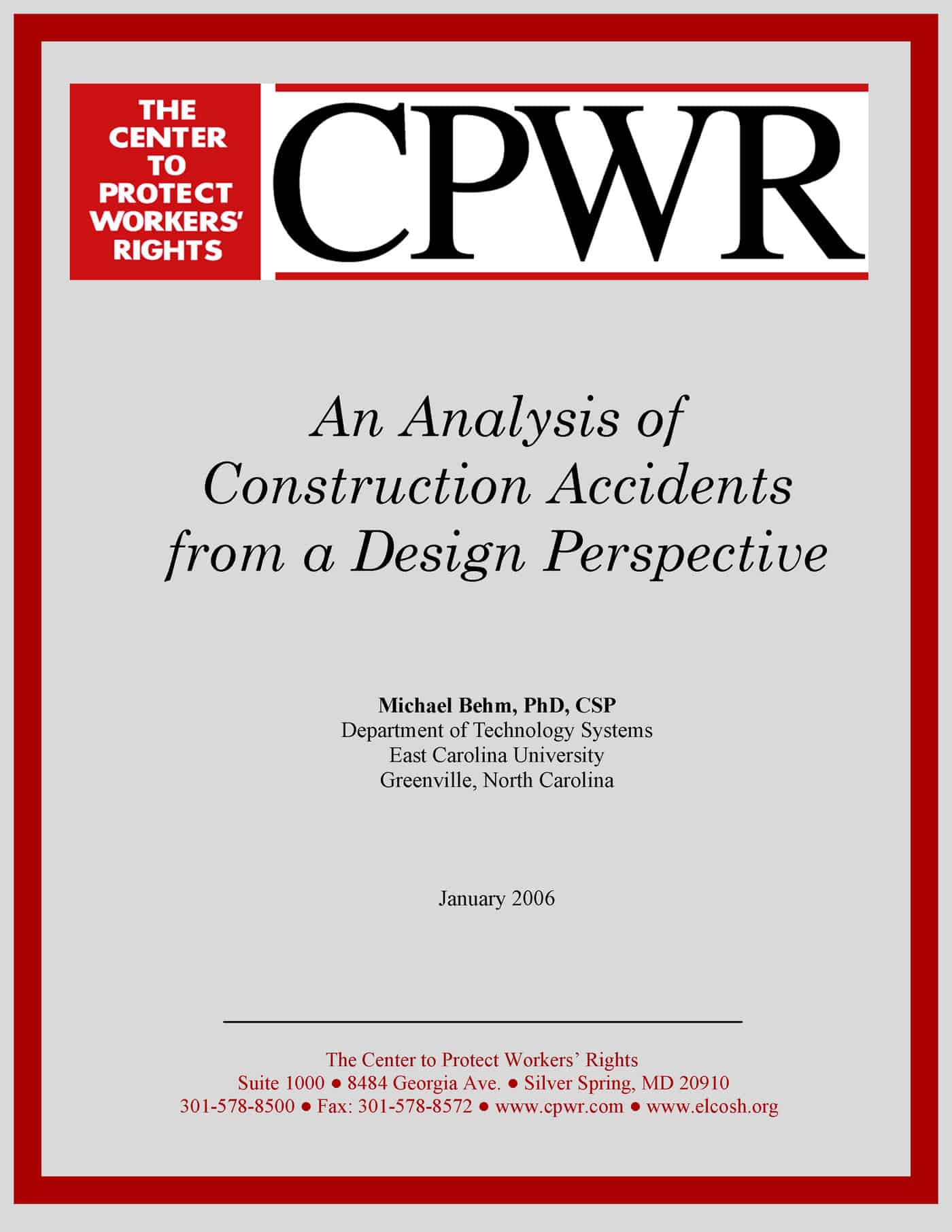Recently an article from an international real estate and investment company stated:
“Marrying health and wellness with design, the WELL Building Standard is catching on fast in the West, but the trend is just starting to take off in Asia.”
This statement is debatable but the recent concern over cheap, flammable cladding in high-rise buildings in Australia should speed up the attention on Safety in Design principles that underpin such initiatives.
Considering the health and wellness of end-users or customers is a wonderful initiative that should always have been part of any product or service design but it is hard to accept that the WELL Building Standard is “catching on fast” or that it is starting to “take off in Asia”. Safety in Design experts, like Mike Behm, have recently been telling Australian audiences that Safety in Design, or Prevention through Design, in construction has been slow to take off anywhere. Australia has been less slow than others.
The article seems to be principally a marketing tool based around quotes from Matthew Clifford, Head of JLL’s North Asia Energy and Sustainability Services. But Clifford undercuts the credibility of WELL by stating that
“WELL is less tangible, but “it passes the gut test,” explains Clifford. “It seems like the right idea.”
 Safety is littered by initiatives that “seems like the right idea”. However WELL is based on LEED (Leadership in Energy and Environmental Design) which seems to be a more established structure for safety in, and prevention through, design, however according to Behm, LEED has presented construction safety problems of its own.
Safety is littered by initiatives that “seems like the right idea”. However WELL is based on LEED (Leadership in Energy and Environmental Design) which seems to be a more established structure for safety in, and prevention through, design, however according to Behm, LEED has presented construction safety problems of its own.
For the purposes of this blog, LEED has three relevant stages:
- Building Design + Construction
- Interior Design + Construction
- Building Operations + Maintenance
All of these stages would fit under Australia’s occupational health and safety (OHS) laws and requirements and could provide some useful elements for Australian designers and constructors to consider. It should be possible to apply these concepts without following through on the certification.
Relevance of safety in design in construction is usually determined by Government regulations or client funding requirements. But recent concerns over the use of flammable cladding on modern apartment buildings in the media and through the emergency services should have placed renewed attention on Safety In Design principles and obligations.
An article in The Weekend Australian on 24 October 2015 headlined “Apartment owners for out millions for flammable cladding fix” (paywalled) stated:
“The 312 apartment owners of the Lacrosse tower will be forced to personally foot the bill to bring the 23-storey complex into compliance with Australia’s building code and fire and safety regulations……
Experts say compliant cladding will cost more than $300 per square metre, but that cost will jump to more than $600 when taking into account the cost of scaffolding and the installation of mechanical fixings needed for the fire-safe product.”
Similar types of cladding are suspected on a range of apartment buildings in Victoria and elsewhere so it is possible that this expense on the end-user will be repeated.
The cladding situation is atrocious but is rarely being discussed in the context of Safety in Design, but it should.
The various green building standards and processes discussed are being hampered by concerns over additional cost of construction but the cladding situation illustrates a flaw in the existing process where the cost of construction can be minimised but often at the transference of cost into the future. Sadly that future is inhabited by customers, end-users and tenants.
The WELL Building Standard may be catching on or may be not however the principles underpinning such initiatives need to be given more attention as they seem to benefit everyone including those who build and maintain.

Good post Kevin. This WELL “thingie” seems to be focused on the occupant which is the mainstream of green buildings. I do believe that safe design has been “less slow” to take off compared to say “safety culture”…in the literature.
On a positive note, in February, the US Green Building Council approved a Prevention through Design pilot credit, http://www.usgbc.org/credits/preventionthroughdesign, and we are excite to see how this plays out in the U.S.
You should also refer readers to your 2010 post, http://safetyatworkblog.com/2010/05/13/the-need-to-integrate-worker-safety-in-green-building-design/